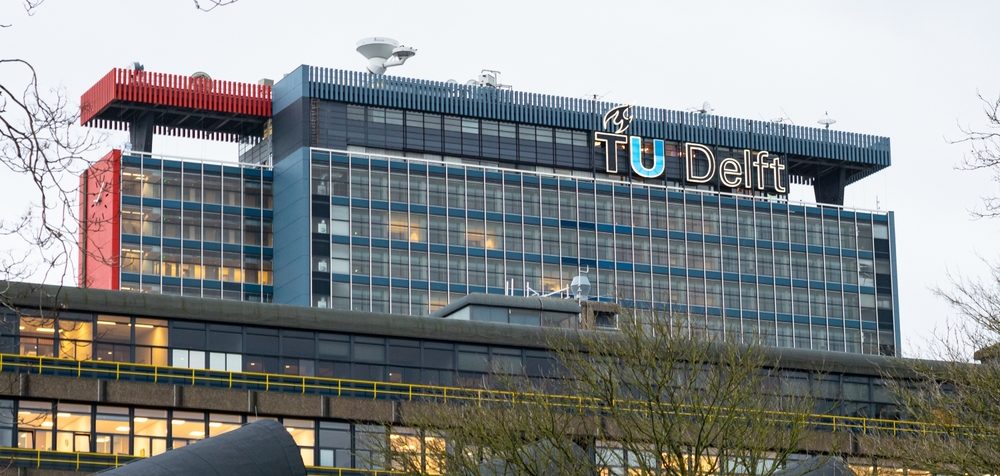
The Delft University of Technology (TU Delft) in the Netherlands has opened a new lab dedicated to researching how autonomous miniature drones can mimic insects to accomplish various tasks. The Swarming Lab aims to put a “self-flying” swarm of 100 tiny drones in the air, where they will perform around the clock tasks, such as
landing by themselves on recharging pods and taking off again to continue flying.
“We are working not only to get these robots to be aware of one another, but also work together to complete complex tasks,” said Guido de Croon, a director at TU Delft’s Swarming Lab.
One potential use for these swarms would be gas leak detection, where a swarm of autonomous drones, fitted with sensors to detect the gas, would be able to fly autonomously around a factory until one drone detects traces of the gas. That drone would then follow the scent of the gas while “calling” the other drones to help in the search using on-board sensors.
“In the same way, drone swarms can also be used to detect forest fires or continuously help in search and rescue operations over large areas,” De Croon said.
In order to program the drone swarms, researchers used studies on bee and ant swarms, and flocking birds.
“Drone swarm technology is the idea that when we look at nature and you see many of these animals like ants, that individually are perhaps not so smart, but together they do… things that they could definitely not do by themselves,” De Croon said. “We want to instill the same capabilities also in robots.” Doing this, the scientists look at how birds or insects swarm “using very simple behaviors.”
The Swarming Lab currently has approximately 40 small drones involved in its research and aims to put a swarm of around 100 drones in the air in the next five years.
